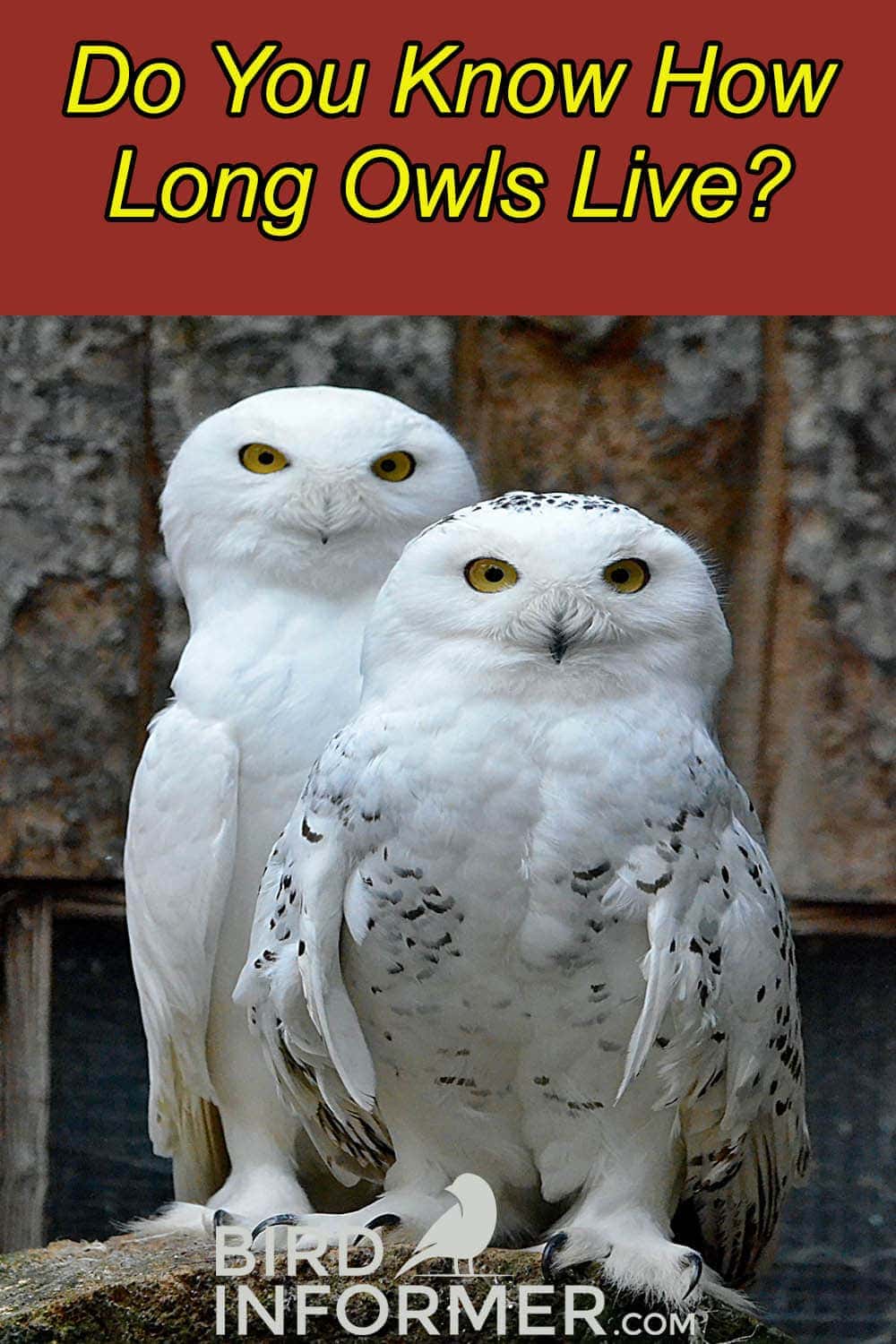Contents
As animals who are always shown as higher beings in movies, owls are like many other birds. They’re beautiful, fascinating to look at, but unfortunately, they don’t live too long. I always wondered, how long do owls live and set out to find the answer…
The average life expectancy of owls is around 9-10 years in the wild, while most of them can survive more than 20 years in captivity. Although some are known to live for up to 25 years, this would usually depend on the type of owl and its living conditions.
In this article, we’re going to dive more into the owl’s life expectancy and compare owls living in captivity and in the wild. We’ll also cover topics on:
- The lifespan of different owl species
- Common causes of owl deaths
- The measures taken to protect owls
So, if you’re curious about these topics as I am, read on…
How Long Do Owls Live?
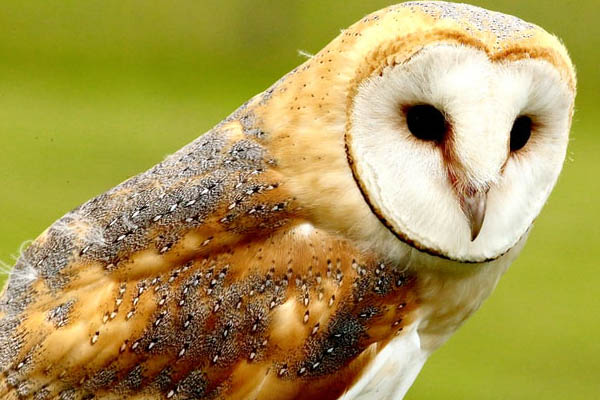
How long owls live depends on two factors:
- Owl species
- Living conditions
Generally, larger owl species live longer than smaller ones. For example, Snowy Owls, who are around 20-27 inches, have a longer lifespan than Barn Owls, who are only approximately 14-16 inches in size.
Another factor is living conditions.
Owls living in captivity tend to live longer than owls in the wild. It is found that it’s easier for owls to live for more than 20 years when they’re in captivity. Why is this so? Let’s take a look below.
Owls in Captivity
Owls in captivity are better protected from any danger.
The environment is guaranteed to be safe from predators, diseases, and possible accidents. It’s also unchanging and ideal for owls. Everything they need, from food to shelter, is guaranteed.
On top of that, food resources are always provided and abundant. There’s very little competition, too, because most owls in captivity live alone or live with the same species.
Owls in the Wild
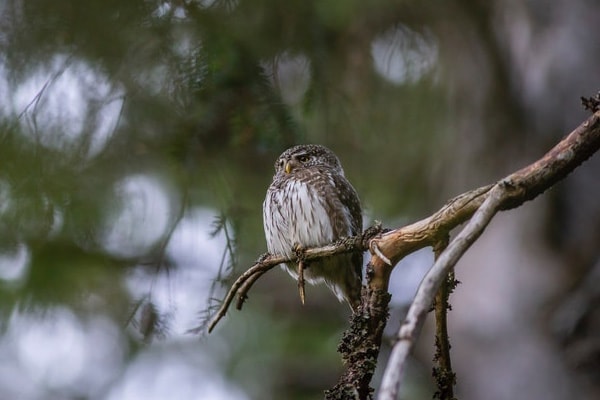
Owls in the wild, on the other hand, don’t have the same kind of protection.
With natural living conditions, they are more vulnerable to climate change and human disturbances. There are also threats of predators and food competition. And because these birds don’t rely on bird feeders, they have to search for food. They also migrate during harsh weather changes, making them more vulnerable to death.
And when they get injured, no one can give them care.
Although owls live better in captivity, they are in no way designed to become pets. Experts are the only people who can take proper care of them.
Owl Lifespan for Different Species
An owl’s life span varies from one species to another, which usually depends on the bird’s size. But with over 200 owl species worldwide, the difference between the bird’s life expectancy range is not much.
There are around 22 owl species found in America, with only 17 species having an actual record on how long they live. Below, I have a list of 17 owl species life expectancies. Let’s try to compare the life expectancy of each and get to know them:
Owl Life Expectancy Chart
| Owl Species | In Captivity | In the Wild | Oldest Recorded |
| Flammulated Owl | None Indicated | 7 years | 7 years and 1 month old |
| Burrowing Owl | 10 years | 9 years | 9 years and 11 months |
| Boreal Owl | 16 years | 10 years | 8 years |
| Snowy Owl | 28 years | 10+ years | 23 years and 10 months |
| Barn Owl | 20 years | 2-4 years | 15 years and 5 months |
| Barred Owl | 23 years | 10+ years | 24 years and 1 month |
| Spotted Owl | 15+ years | 15 years | 21 years |
| Eastern Screech Owl | 13 years | 8-10 years | 14 years and 6 months |
| Western Screech Owl | 19 years | 1-8 years | 13 years |
| Short-eared Owl | 15 years | 12 years | 4 years and 4 months |
| Elf Owl | 14 years | 5 years | None Recorded |
| Great Gray Owl | 27 years | 13 years | 18 years and 9 months |
| Great Horned Owl | 28+ years | 13-15 years | 28 years |
| Long-eared Owl | 10+ years | 12 years | 12 years and 1 month |
| Northern Hawk Owl | 10 years | 10 years | 5 years and 11 months |
| Northern Saw-whet Owl | 16 years | 7 years | 9 years and 5 months |
| Northern Pygmy-Owl | None Indicated | 3 years | 3 years and 11 months |
Flammulated Owl
Life expectancy: 7 years
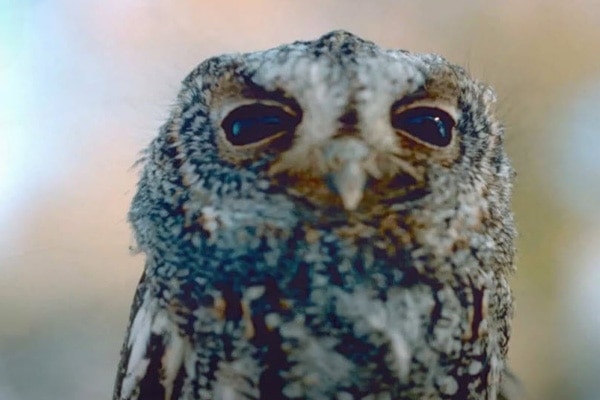
The Flammulated Owl is one of the smallest-sized owls on this list. It has a length of 5.9-6.7 inches and only weighs around 1.5-2.2 ounces. Their plumage resembles that of a bark, which allows them to camouflage easily.
Because these owls are rarely seen, there is very little information about them. This is probably one factor why despite being small, these birds have an average lifespan of 7.1 years, longer than most small-sized owls get.
Burrowing Owl
Life expectancy: 9 years (wild); 10years (captivity)

Burrowing Owls are larger birds with a length of 7.5-9.8 inches and weigh around 5.3 ounces. They have a longer life expectancy than Flammulated Owls. Although there is quite a threat in their population, they are still high in numbers.
These birds are characterized by their brown feathers with white dots at the back, while their breasts are white with light brown spots.
Boreal Owl
Life expectancy: 10 years (wild); 16 years (captivity)
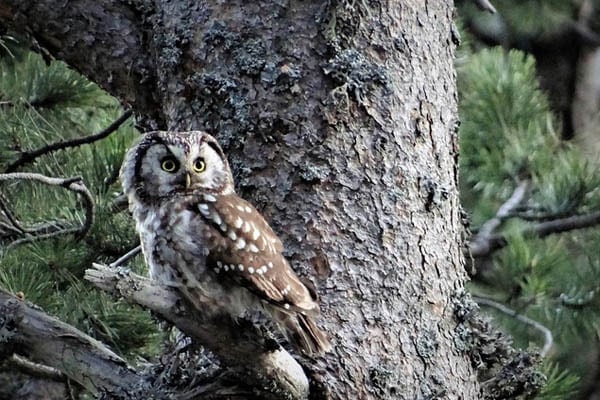
The Boreal Owl has almost the same lifespan as the Flammulated Owl. They’re only slightly smaller than the Burrowing Owl, with a length of 8.3-11.0 inches and a weight of 3.3-7.6 ounces. They also have almost similar plumage to the Burrowing Owls; the only difference is that Boreal Owls have square heads.
Snowy Owl
Life expectancy: 10+ years (wild); 28 years (captivity)

The Snowy Owl is one of the bigger-sized owls measuring around 20.5-27.9 inches. No wonder that they have a longer life expectancy, too, compared to others on this list.
As the name implies, Snowy Owls are white colored with visible black markings on their bodies. Sadly, these beautiful birds are among the most at risk of extinction as their numbers are declining every year.
Barn Owl
Life expectancy: 2-4 years (wild); 20 years (captivity)

The Barn Owl is a medium-sized owl with an average life expectancy of only 2-4 years. These birds are known for their ghost-like appearance, with their pale face and big black owl eyes. They also feature a brown and gray colored back and wings.
Barred Owl
Life expectancy: 10+ years (wild); 23 years (captivity)

The Barred Owl is another big-sized bird, almost next to the Snowy Owls. They are around 16.9-19.7 inches in length and weigh about 16.6-37.0 ounces. They almost have the same life expectancy as the Snowy Owls, but there’s no significant threat to the Barred Owl population unlike the latter.
Spotted Owl
Life expectancy: 15 years (wild); 15+ years (captivity)
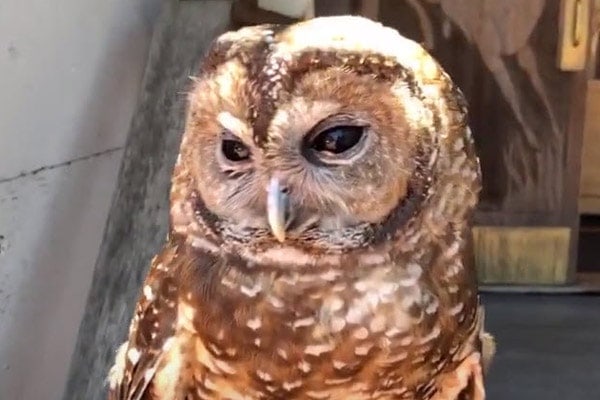
The Spotted Owl is smaller than the Barred Owl, measuring only about 18.5-18.9 inches in length. They have a dark brown color overall with white spots. These birds are mainly characterized by the white X mark in between their big black eyes.
Although known to live longer, the Spotted Owls population is slowly declining mainly due to loss of habitat.
Eastern Screech Owl
Life expectancy: 8-10 years (wild); 13 years (captivity)
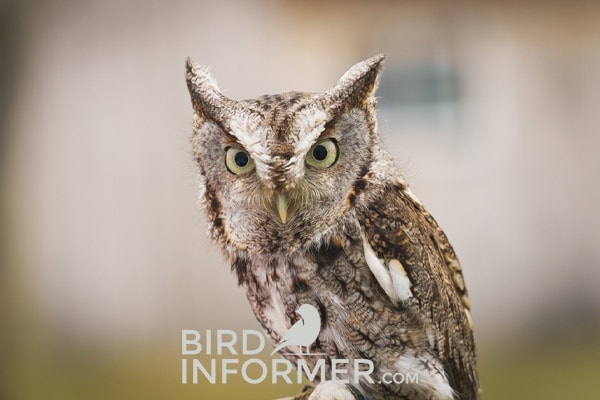
The Eastern Screech-Owl is another small owl on this list with a length of only 6.3-6.8 inches. However, this seems to not have affected their life expectancy of 8-10 years, almost the same as the larger-sized owls.
This might be because of their plumage that resembles a tree bark, making it easier for the birds to camouflage or hide when predators come.
Western Screech Owl
Life expectancy: 1-8 years (wild); 19 years (captivity)
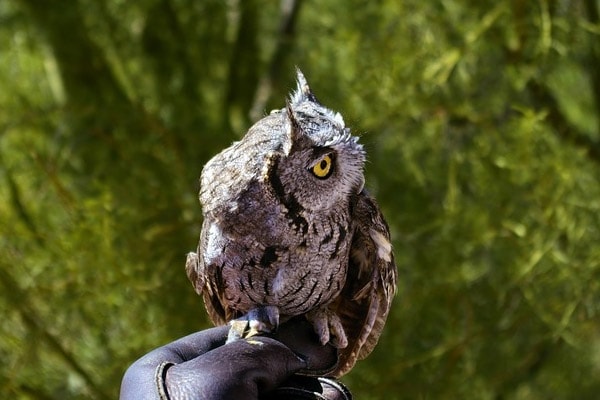
The Western Screech-Owl is only slightly larger than their eastern counterparts and measures around 7.5-9.8 inches in length. But unlike their eastern counterparts, these birds live shorter, having a life expectancy of only 1-8 years.
However, the oldest recorded Western Screech Owl in the wild lived around 13 years. There’s also another recorded Western Screech Owl that lived for 19 years in captivity.
Short-eared Owl
Life expectancy: 12 years (wild); 15 years (captivity)

The Short-eared Owl is only slightly smaller than the Spotted Owl, measuring around 13.4-16.9 inches in length. They have a spotted brown and white color pattern, pale face, and big yellow eyes.
These birds are common across North America. Sadly, due to habitat loss brought by developments, the birds’ population is slowly decreasing.
Elf Owl
Life expectancy: 5 years (wild); 14 years (captivity)
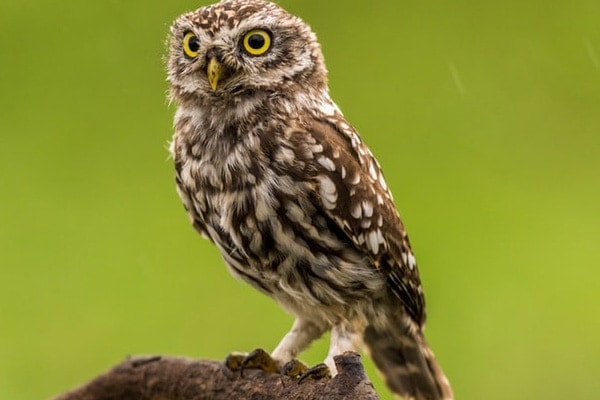
The Elf Owl, as its name implies, is the smallest owl found in North America. They only grow at a length of 5.1-5.5 inches, which is almost equal to the size of a sparrow.
The birds feature a grayish-brown back and brownish breast with streaks. They also have short tails, greenish-yellow bills, and tan to yellow legs and feet. You’ll also notice that they have white eyebrows.
Elf Owls are mainly found in the desert areas of Mexico but are also spotted in California, New Mexico, and Texas.
There’s not a lot known about the bird’s life longevity. But sadly, the birds’ population is dramatically decreasing, especially in California, due to loss of habitat.
Great Gray Owl
Life expectancy: 13 years (wild); 27 years (captivity)
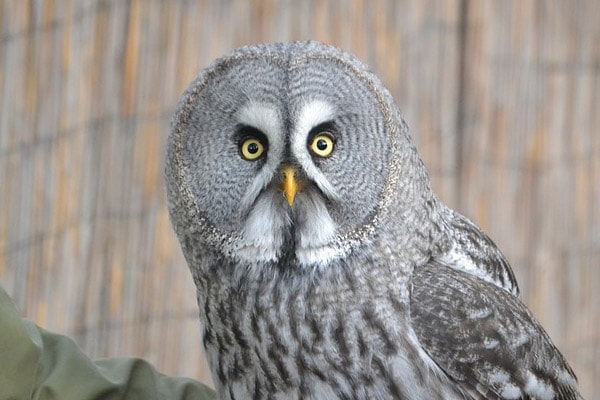
The Great Gray owl is known as the tallest owl in North America. They grow at a length of 24-33 inches and have a 54-60 inches wingspan.
They have big brown heads with a large, pale white facial disk. They are silvery-gray in color overall with brown streaks on their chest and back. You’ll also notice a pale letter “X” between their eyes and two white lines down their chin that almost resembles a bow tie.
These birds are nonmigratory and are found in some parts of Alaska, Canada, and the US. There are certain years when these birds also move down south for winter, especially if food is scarce.
Great Horned Owl
Life expectancy: 13-15 years (wild); 28+ years (captivity)

The Great Horned Owl is another large owl that surely knows how to intimidate people.
These birds are the third-largest owls in North America and grow at a length of 18-25 inches. They feature gray-brown-colored bodies, rusty-brown faces, and a noticeable patch on their throat.
The birds are known for the pair of ear tufts on top of their heads that resemble a horn. These are birds that you can never mistake for another owl species.
Great Horned Owls are also non-migratory birds. They are found all over North America, all year round. You’ll generally see them in fields, wetlands, swamps, forests, wooded parks, and even in cities.
Long-eared Owl
Life expectancy: 12 years (wild); 10+ years (captivity)

The Long-eared Owl is smaller than the Short-eared Owl. These birds only grow at a length of 13-16 inches.
These birds are slender and feature a pair of ear tufts that look cute instead of intimidating (unlike the Great Horned Owl). They have a mix of black and brown patterns on their bodies, orange faces, and have noticeable white lines between their eyes.
The birds are widespread across North America. They breed in Canada and fly down south to the US and Mexico for winter. There are also resident Long-eared Owls that are found in some western parts of the US.
Long-eared Owls are also one of those owl species that are slowly declining every year due to loss of habitat.
Northern Hawk Owl
Life expectancy: 10 years
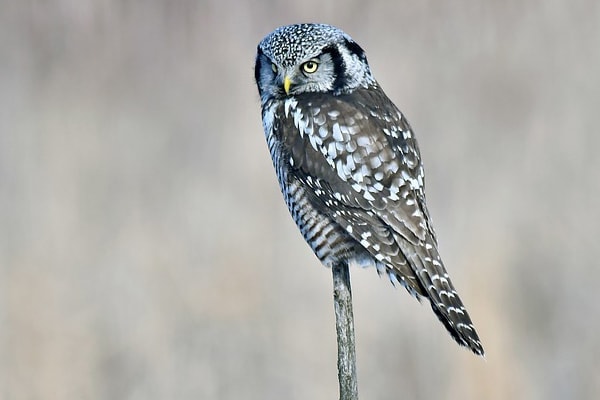
The Northern Hawk Owl is a bit bigger than the Short-eared Owls. They grow at a length of 14-17.5 inches and have a wingspan of 27.9 inches.
The birds feature a brown back and wing areas covered with white spots and a pale chest with brown horizontal stripes. Their faces are pale white with black borders. The birds’ heads are a mix of white and black colors, with noticeable white spots at the very top.
These birds are found mainly in open coniferous and mixed forests in Alaska and Canada. Although uncommon birds, it’s good news that their population remains the same.
Northern Saw-whet Owl
Life expectancy: 7 years (wild); 16 years (captivity)

The Northern Saw-whet Owl is smaller than the Boreal owl and larger than the Western Screech-owl. They grow at around 7-8.5 inches and have a wingspan of 16.5-18.9 inches.
Although they have small bodies, these birds feature a large and round head. They are characterized by brown bodies, a white face, and a brown head with white spots.
The birds are widespread across North America. They are mainly resident birds in the southern parts of Canada, some western states in the US, and Mexico. There are also years when they move long distances, going south, for winter.
Northern Pygmy-Owl
Life expectancy: 3 years
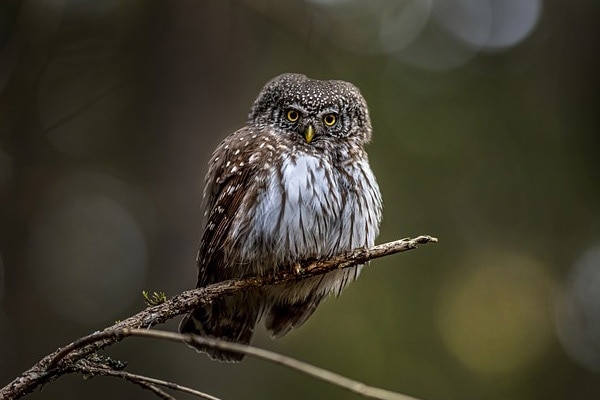
The Northern Pygmy-Owl is also one of the smallest owl species. They only grow at a length of 6.3-7 inches and weigh around 2.1 to 2.5 ounces.
The birds characterize a brown color overall with noticeable white speckles from their head to the back. Their breasts are white, with dark vertical stripes.
The birds are seen primarily in the western areas of North America, from Canada down to Mexico. However, they seem to be scattered. There’s very little known about these birds, as their exact lifespan is not fully determined yet.
Common Cause of Owl Deaths
Owls’ lifespan is no different than other birds. How long they live depends on the threats seen around them. Things such as poison, collisions, diseases, habitat loss, lack of food, and predators can cause death.
For example, when owls search for food near roads and highways, they are generally prone to be hit by cars. When they’re migrating, they are also prone to crashing buildings or being killed because of harsh weather conditions.
In times where there’s a lack of food source, owls can get sick until they die. On top of that, these birds are vulnerable to several bird diseases like West Nile Virus. Smaller owls are also hunted by larger birds too.
But the biggest contributor to owls’ deaths is us, humans. Due to developments, owls lose their habitats. They are also more prone to food poisoning due to the pesticides sprayed on natural food sources.
How To Protect Owls
Owls are like many birds, and they generally only have two basic needs: food and shelter. Once these two are gone, they can die.
Every time we make developments on their habitats, these birds lose their shelter and possible food source. They would have to move to another area where there are more birds to compete with and lesser food sources.
We should learn how to balance the use of land without damaging these birds’ habitats too much. We should also learn to stop using any type of poison that may harm any creatures around us.
Related Articles:
- Comprehensive Buyer’s Guide For The Best Owl Nesting Boxes
- How To Attract Owls To Your Yard
- How Do Owls Hunt
Final Thoughts About Owl’s Life Expectancy
Owls are indeed majestic birds, but this doesn’t make them any different from other birds. They are vulnerable to the same threats, and their life depends on their living conditions.
If their habitat is not affected and food sources remain abundant throughout the year, owls would surely live longer. So, if you want to see more of these birds in the future, as a bird watcher, you should know how to be responsible for your actions, too.

